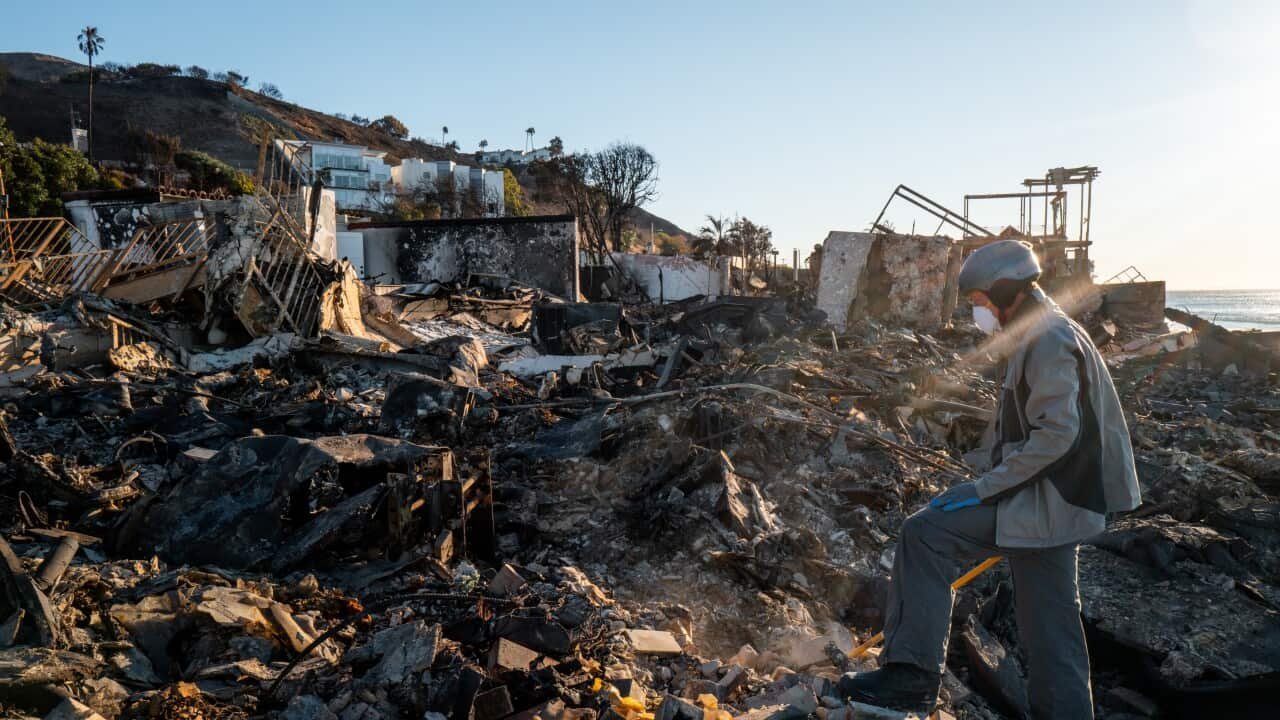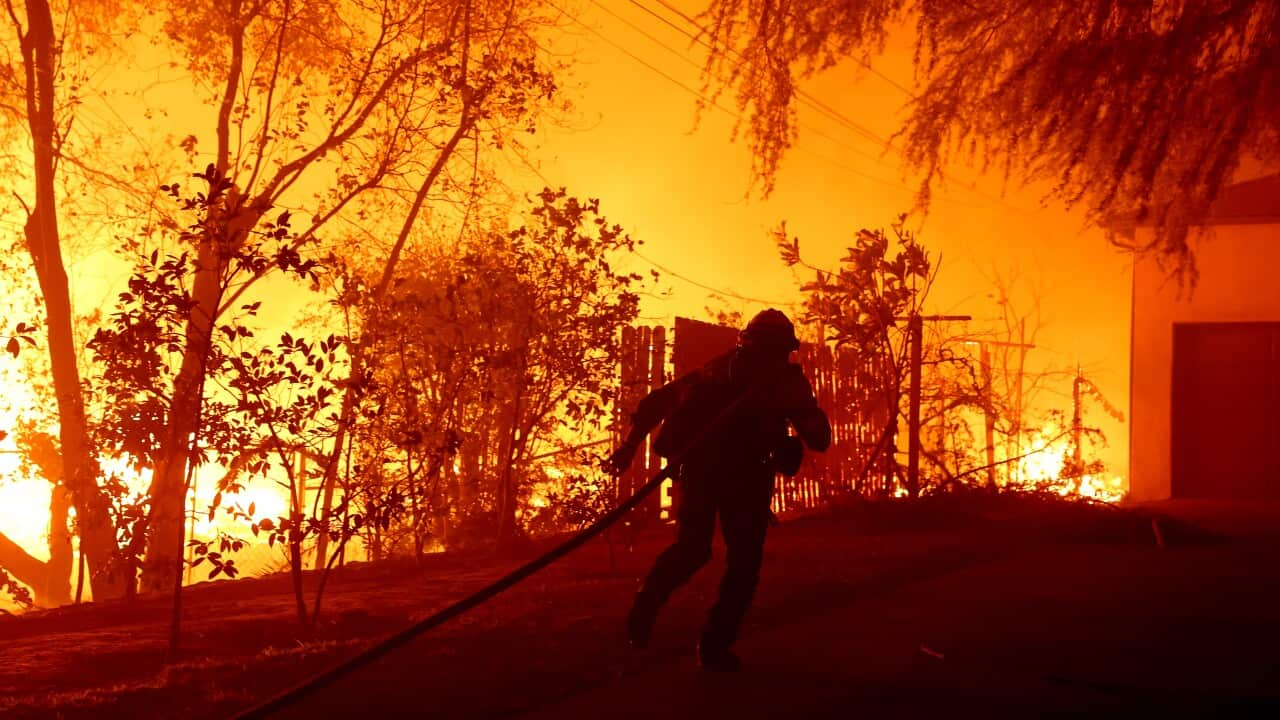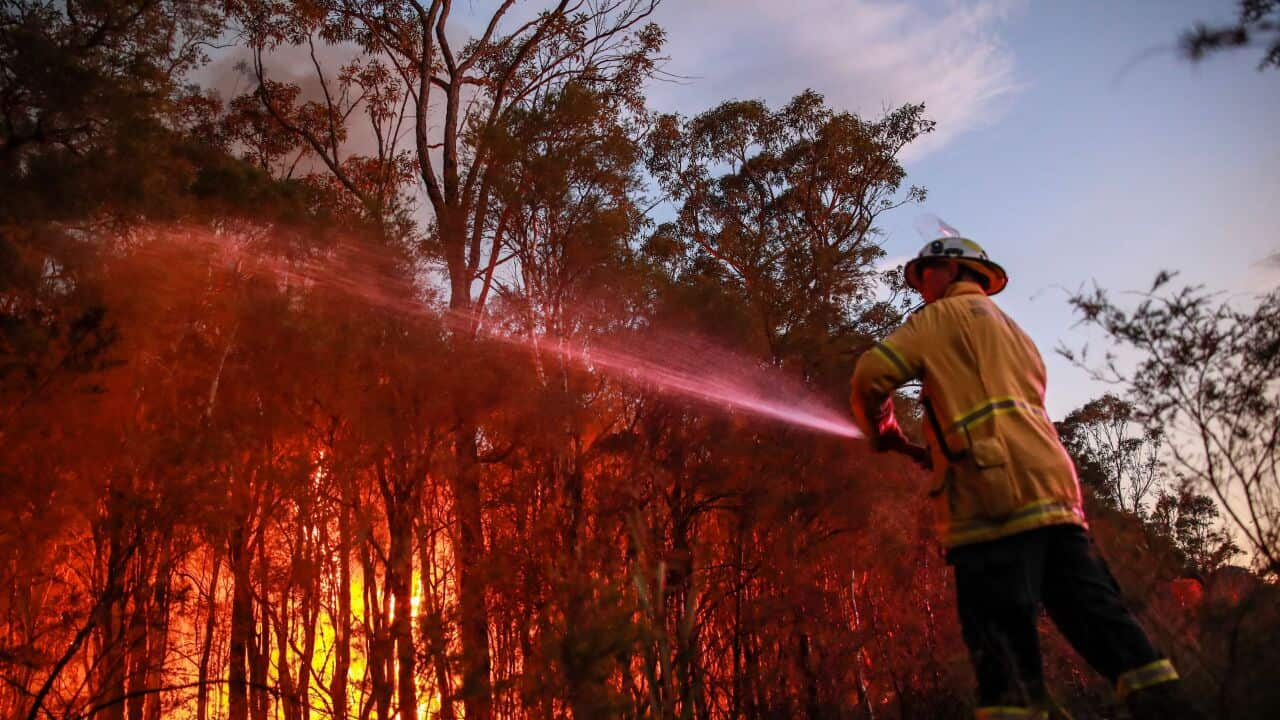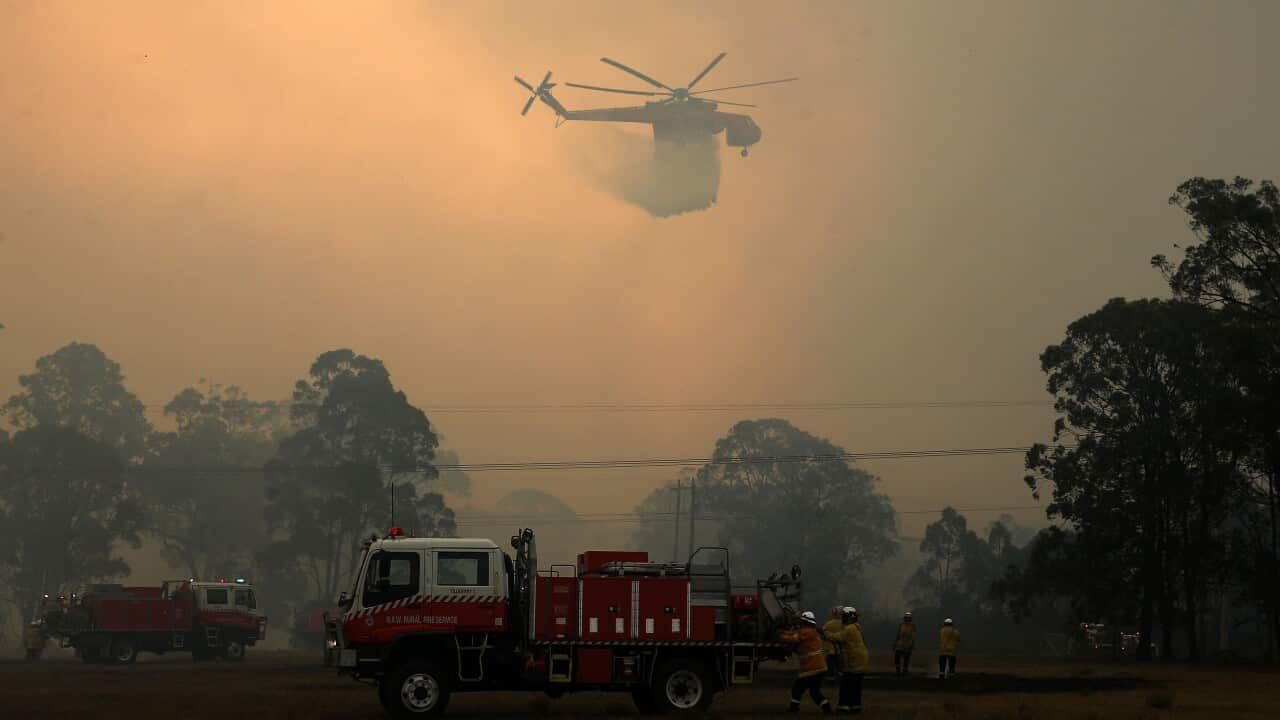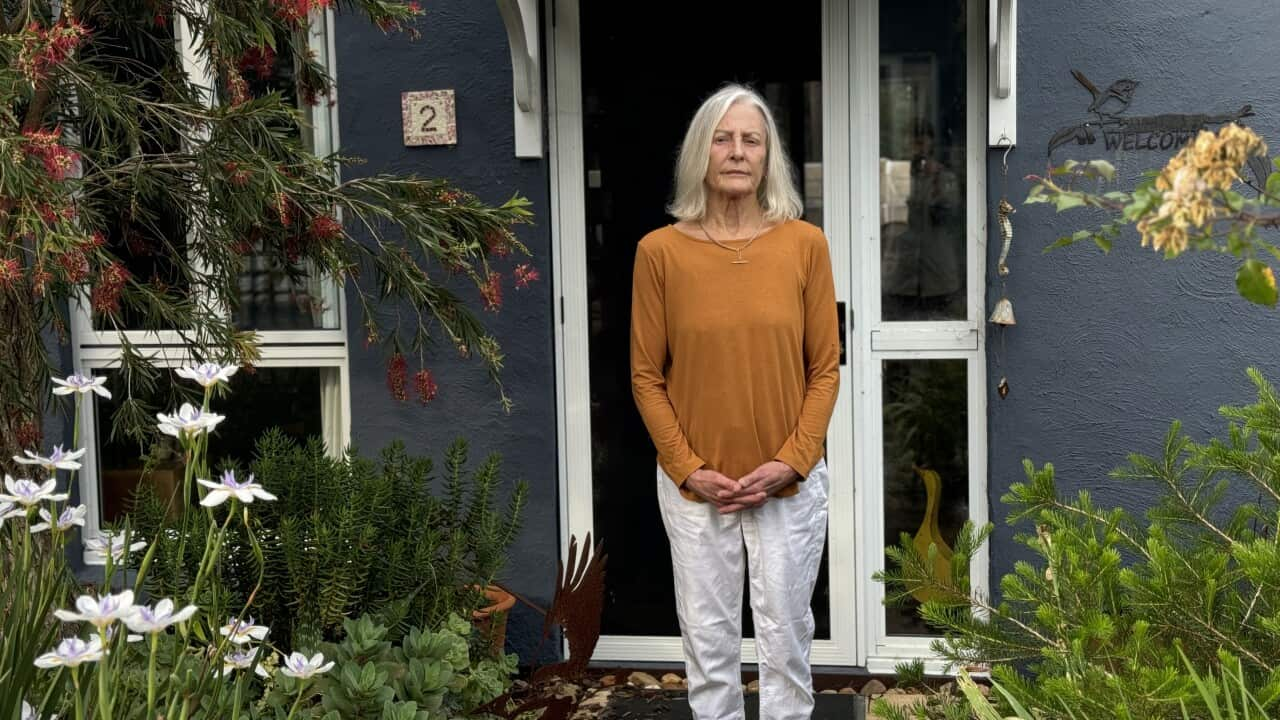When Greg Mullins first heard on the news that Los Angeles was burning, he felt "deep shock".
The former Fire and Rescue NSW commissioner first went to California to fight and study fires in 1995, and has returned several times in the years since.
"Los Angeles doesn't burn after November. It never has .... until now," he told SBS News.
"It's winter. It should be raining in California. They're quite likely to get Santa Ana winds at this time of year, but not with a dry landscape. They basically haven't had rain since May.
"So, just deep shock. What the hell is going on here?"
Thousands of LA firefighters that started last week, fuelled by the powerful Santa Ana winds that brought dry desert air from the east towards the coastal mountains.
At least 24 people have died in the fires, authorities have reported, and more than 12,000 structures have been damaged or destroyed, turning entire neighbourhoods into ash and piles of rubble.
According to Mullins, who is also the founder of the Emergency Leaders for Climate Action group, "dryness" was a key factor.
"It's very unusual to be this dry this quickly. It's after a few years of rain — so [there were] very high fuel levels, the hills were just covered in growth," he said.
"[There were] limited opportunities to do fuel reduction because of those in the previous rains. And then you add the final ingredient — a very strong Santa Ana event … the fires are unstoppable."
Mullins said brush fires became "urban conflagrations", spreading sometimes kilometres away from bushland. This refers to when wildfires spread beyond natural barriers and through communities.

Satellite imagery shows part of the Pacific Coast Highway in Malibu, California, before and after the Palisades fire. Source: Getty / Maxar Technologies
So, could something similar happen in a major Australian city?
"This could absolutely happen here," Mullins said.
He warned that parts of Sydney are at risk, along with the Dandenongs near Melbourne, the outer areas of Brisbane, and the Perth Hills and Adelaide Hills regions.
Similar fire event in Australia 'inevitable', researchers say
Other experts agree.
"An LA-style fire impacting a major Australian city is inevitable, and we must be prepared," said Andrew Gissing, chief executive officer of research centre Natural Hazards Research Australia.
Fire risk is worsening globally due to climate change and the increased number of people living close to bushland, according to Gissing.
"Research shows that the frequency and severity of fire weather has risen in recent decades and is expected to continue. Fire seasons are also becoming longer," he said.
Owen Price, director of the University of Wollongong's Centre for Environmental Risk Management of Bushfires, said there are several regions of the world where highly flammable vegetation "abuts" or borders urban areas.
"California is probably the most exposed, but our major cities all have this problem (Hobart, Sydney, Melbourne, Canberra)," he said.
Price said major disasters occur when there is drought, high winds, and a fire starts near one of these urban areas.
"The research community and some Australian fire agencies are terrified of the prospect of one of these fires punching through the first layer of houses and causing an urban conflagration," he said.
"This is exactly what's happened in LA and it's happened a few other times in the United States previously, for example, the Lahaina fire in Hawaii in 2023.
"Strictly speaking, it has never happened in Australia, but it has come close and we think it will happen one day, largely because of climate change."

Satellite imagery shows homes in the Pacific Palisades before and after the fire. Source: Getty / Maxar Technologies
"It was the most destructive series of fires in Australia's history, and the most forest ever burnt," Mullins said.
While he said a similar scenario to the LA fires could happen here, there's a key difference.
"We don't get the same sort of winds," Mullins said, pointing to the topography of the LA basin and mountains.
"Thankfully our mountains aren't as high … so it's less likely.
"We could get very destructive winds on a day of catastrophic fire weather, and that's when fires can push into suburbia."
Which Australian cities are at risk?
According to Mullins, the LA fires are taking place in an environment similar to parts of Sydney, the Perth Hills region (east of Perth), Adelaide Hills (east of Adelaide), and the Dandenongs (east of Melbourne).
These areas are comprised of what's known as "urban bushland interface", where bushland and urban areas meet and homes are exposed to regular fire risk.
"What I'll say frightens me is that Sydney was unscathed during Black Summer. You've got huge areas of Sydney that haven't seen large fires for decades now," Mullins said.
"We've had years of wet weather, and we haven't been able to do the hazard reduction burning that we'd normally do, so there's massive fuel loads."
Mullins said that "because we've had some rain", a similar event to the LA fires would not happen in Sydney this year, but warned things could "quickly turn nasty" under certain conditions.
"If we had a catastrophic fire weather day, and multiple fires start as they had in LA, it could be very dangerous, indeed."
He said Sydney suburbs, including Sutherland and Hornsby, the Hills district, the Northern Beaches and the lower Blue Mountains, would be those most at risk.
Other areas of concern include the Dandenongs near Melbourne, Queensland's Gold Coast Hinterland and outer areas of Brisbane, the Perth Hills and Margaret River region, and the Hobart Hills.
But Mullins stressed that fire and emergency services are very well prepared.
"They're doing a lot, and there's a lot of community education going on," he said.
